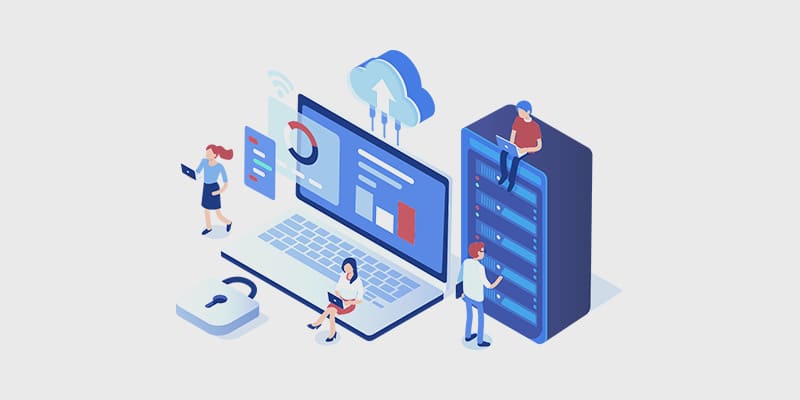
“Edge computing” has become a buzzword in the information technology field. The rise of cloud computing has provided a great deal of convenience and versatility but has also led to a disturbing increase in cybersecurity threats.
Edge computing is rapidly gaining popularity as a solution to the security issues of cloud computing. In short, edge computing involves moving data hosting closer to or at the location of the user. The name comes from the idea that computing happens near the “edge” of the network.
With the proliferation of tools like these to help users manage thousands of edge-based clusters, countless companies and organizations are moving toward edge computing. Meanwhile, some businesses may resist the trend in the interest of keeping things closer to the chest.
Convincing corporate leadership to make the change can be tricky. Here are a few tips for making the best, most compelling and persuasive case for edge computing.
Define edge computing concisely

Outside of the IT industry, there is much confusion as to what edge computing entails. Executives are not likely to favor making a potentially costly and disruptive change in infrastructure if they don’t understand what that change means in physical terms.
Providing a simple, user-friendly definition of edge computing is the first step in bringing your supervisors around.
Identify the factors that make edge computing relevant for your industry
Edge computing provides an array of benefits. Some, like increased security, will appeal to companies in any industry. Others, like improved website and app speed, will be more beneficial to specific sectors.
Figure out ahead of time how edge computing will benefit the particular industry of the company your pitch will target.
Provide an accurate estimate of the cost

Make sure that you include all potential expenses in your cost estimate. The decision-making team needs all the relevant information, and the price tag is at the top of that list. The board will need to know the total cost to make a fully-informed, good faith decision.
Focus on ROI
To offset the price tag mentioned above, make sure to provide a complete analysis and estimate of the cost-savings provided by switching to edge-based data. If you can definitively demonstrate that making the switch will be cost-effective in the long run, leadership is much more likely to give the green light.
Tailor your message for the audience

Think carefully about the worldview of the group you are trying to convince. The interests, enthusiasms, and cautions of an IT team will be pretty different from a marketing team or board of directors.
Emphasize immediate solutions edge computing will provide
Highlight the ways switching to edge computing will benefit the company right away. While there are plenty of long-term benefits, there are also numerous ways this change will have an immediate, positive impact.
Recognize edge computing’s growing popularity

No company wants to be left behind. By emphasizing that so many major brands are moving toward edge computing, you can bolster your case that this is the industry’s direction.
Wrapping up
While it can be a murky concept, edge computing provides specific benefits for any company. By presenting these benefits in a convincing, carefully structured pitch, you can convince leadership to move toward the computing wave of the future.










